Search
Total 50 results were found for your query comparative anatomy.
-
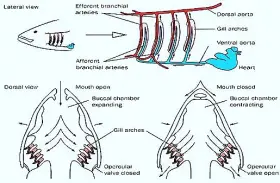 Zoology
ZoologyCOMPARATIVE ANATOMY: RESPIRATORY ORGANS OF FISH (SCOLIODON) AND FROG (RANA)
Scoliodon (fish) is a poikilothermic cartilaginous fish. It is commonly known as shark. Rana (frog) is an amphibian and poikilothermic animal. It is commonly called as frog. Living cells require ...Created on 09 July 2017 -
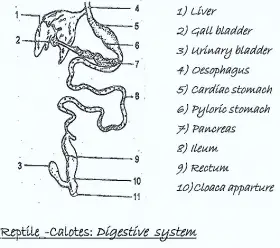 Zoology
ZoologyCOMPARATIVE ANATOMY: DIGESTIVE SYSTEM OF BIRD, MAMMAL AND REPTILE
... In previous topic we discussed about the comparative anatomy of digestive system of frog and shark. In this topic we discussed about the comparative anatomy of digestive system of Bird, Mammal and Reptiles. ...Created on 09 July 2017 -
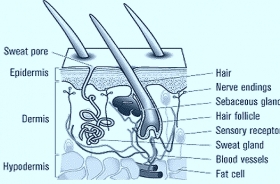 Zoology
ZoologyCOMPARATIVE ANATOMY: INTEGUMENT IN REPTILES, BIRDS AND MAMMALS
Comparison Of Integument Derivatives In Calottes (Reptile), Columba (Bird) And Oryctolagus (Mammal) Calotes is a terrestrial Reptile (lizard). Columba is flying bird. Oryctolagus is a herbivorous mammal. ...Created on 08 July 2017 -
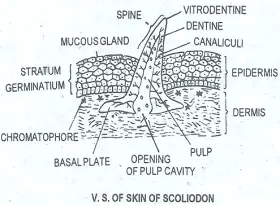 Zoology
ZoologyCOMPARATIVE ANATOMY: INTEGUMENT IN SCOLIODON AND RANA
COMPARATIVE ACCOUNT OF THE INTEGUMENT (SKIN) IN THE SCOLIODON (SHARK FISH) AND RANA (FROG) Scoliodon and Rana are poikilothermic animals. Scoliodon is an aquatic cartilage fish. Rana lives in water ...Created on 08 July 2017 -
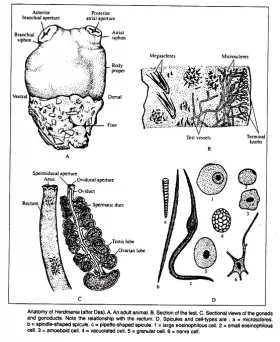 Zoology
ZoologyNERVOUS SYSTEM OF HERDMANIA
Herdmania shows brain or nerve ganglion. It is 4 mm long. It is present in the mantle in between the two siphons. A neural gland is present above the brain. From the brain three nerves arise, one goes ...Created on 07 July 2017 -
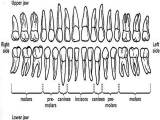 Zoology
ZoologyDental Formula in Mammals
Mostly the number of teeth is fixed in each mammalian species. Mammalian heterodont dentition is expressed by a "dental formula". The number and arrangement of teeth in each half of the upper and lower ...Created on 02 July 2017 -
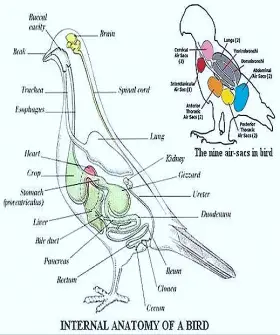 Zoology
ZoologyGENERAL CHARACTERS OF BIRDS (AVES)
AN INTRODUCTION TO AVES (BIRDS) Birds (AVES) are highly evolved vertebrates. In the Jurassic period of Mesozoic era the Birds first appeared. They evolved from Ornithischian dinosaurs of Reptilian ...Created on 01 July 2017 -
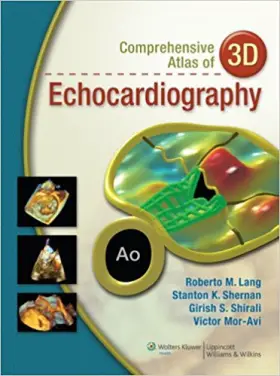 Downloads
DownloadsComprehensive Atlas of 3D Echocardiography
Discription: The Comprehensive Atlas of 3D Echocardiography takes full advantage of today’s innovative multimedia technology. To help the reader understand the unique dynamic nature of a comprehensive ...Created on 27 June 2017 -
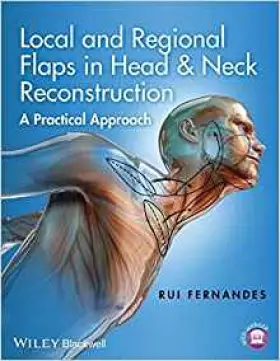 Downloads
DownloadsLocal and Regional Flaps in Head & Neck Reconstruction: A Practical Approach
Discription: Local and Regional Flaps in Head & Neck Reconstruction: A Practical Approach provides comprehensive, step–by–step instruction for flap raising and insetting for the head and neck region. Ideal ...Created on 27 June 2017 -
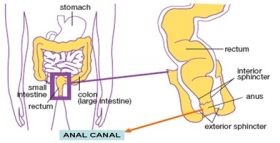 Zoology
ZoologyANIMAL ANATOMY: POSITION AND FUCTIONS OF CANALS AND DUCTS
Previously we discussed about various exocrine glands in and foramen in animals. This topic covers about various principle ducts and canals present in animal body and their location and their functios. ...Created on 26 June 2017 -
 Zoology
ZoologyFAMOUS BOOKS AND AUTHORS IN BIOLOGY
Historia Animalium — Aristotle Historia Plantarium — Theophrastus Origin of species — Charles Darwin Philosophic Zoolgique — Lamarck Philospohica Botanica — C. Linnaeus Essay on Population ...Created on 21 June 2017 -
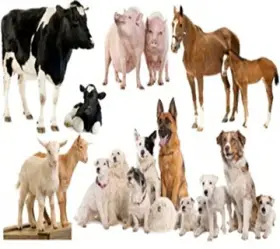 Zoology
ZoologyINTRODUCTION TO ANIMAL BREEDING
... which matures later. 6. Economy in the Use of Food If the amount of food required to produce a certain quantity and quality of animal product is comparatively higher, the commercial value of ...Created on 15 June 2017 -
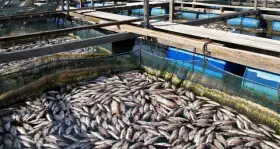 Zoology
ZoologyFUNDAMENTALS OF AQUACULTURE [AQUACULTURE IN PAKISTAN]
... number of farms and constitute around three quarters of the total number of farms in Punjab. The NWFP has comparatively fewer farms, because of the cold climate in the mountainous areas. Trout farms ...Created on 12 June 2017 -
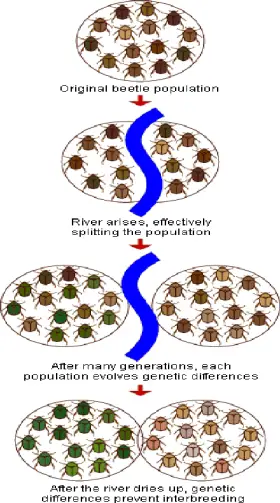 Zoology
ZoologyISOLATION: ITS ROLE IN EVOLUTION
The division of a single population into two or more groups because of some barrier for interbreeding is called Isolation. There are a number of processes by which two related populations living in the ...Created on 11 June 2017 -
 Zoology
ZoologyAMAZING BIOLOGY FACTS
AMAZING BIOLOGY FACTS BRANCHES OF BIOLOGY FATHERS OF BIOLOGY (PIONEERS IN BIOLOGY) DISCOVERERS AND INVENTORS IN BIOLOGY LIST OF BIOLOGY SYMBOLS AND ABBREVIATIONS AND THEIR MEANING BIOLOGY ...Created on 10 June 2017 -
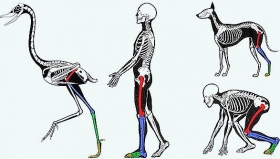 Zoology
ZoologyCOMPARATIVE ANATOMY
Definition of Comparative Anatomy: is a one of the branches of biology studying the similarities and differences of internal organs between different groups of organisms. The following topics are ...Created on 08 June 2017 -
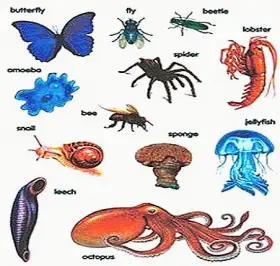 Zoology
ZoologyINVERTEBRATES
The backbone lacking animals are called invertebrates. Based on their structure they are classified into different phyla. The following list contains examples of characters of each phyla and the classification ...Created on 07 June 2017 -
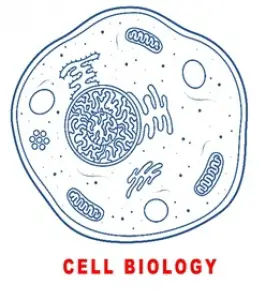 Cell Biology
Cell BiologyAN INTRODUCTION TO CELL BIOLOGY (BRIEF HISTORY OF CYTOLOGY)
Cell Biology (Gr., kytos-hollow vessel or cell, logos-to discourse) is a biological science which deals with the study of cells. The cell itself can be regarded as the vital unit of organisms. 'Aristotle' ...Created on 05 June 2017 -
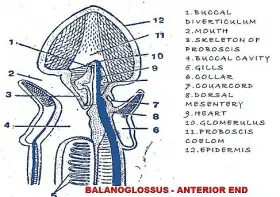 Zoology
ZoologyDIGESTIVE SYSTEM OF BALANOGLOSSUS
Balanoglossus is a worm like chordate animal. It is cylindrical organism and lives in burrows of the sand. This animal shows a long alimentary canal and associated glands. This is called digestive system. ...Created on 05 June 2017 -
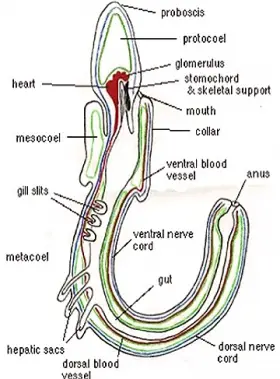 Zoology
ZoologyANATOMY OF BALANOGLOSSUS
INTERNAL STRUCTURES AND BODY WALL OF BALANOGLOSSUS Balanoglossus is a long cylindrical worm like hemichordate animal. It lives in burrows in the sand of intertidal region. It's body wall is smooth. ...Created on 05 June 2017